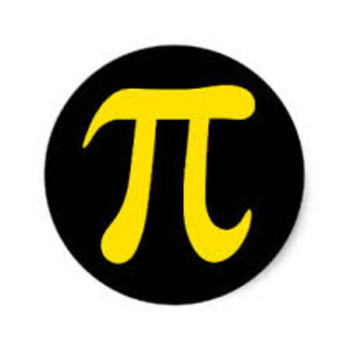How do you factor completely #-41x + 10 + 21x^2#?
3 Answers
Explanation:
The following is a lengthy, annoying method that doesn't require any guessing of factor pairs, as per the usual method of factoring:
Reorder the terms:
#p(x)=21x^2-41x+10#
Factor
#p(x)=21(x^2-41/21x)+10#
Complete the square inside the terms you previously factored the
Since perfect squares come in the form
Note that we can't add terms willy-nilly, so note that we will have to balance it on the outside.
#p(x)=21(x^2-41/21x+1681/1764)+10+?#
The
#(21xx1681)/1764=(3xx7xx41^2)/(2^2xx3^2xx7^2)=41^2/(2^2xx3xx7)=1681/84#
To balance the added
#p(x)=21(x^2-41/21x+1681/1764)+10-1681/84#
Recall that
Also note that
#p(x)=21(x-41/42)^2-841/84#
We will factor this as a difference of squares. To do so, write both terms as squared terms.
#p(x)=(sqrt(21)(x-41/42))^2-(29/(2sqrt21))^2#
#p(x)=(sqrt21x-(41sqrt21)/42)^2-(29/(2sqrt21))^2#
Since
#p(x)=(sqrt21x-(41sqrt21)/42+29/(2sqrt21))(sqrt21x-(41sqrt21)/42-29/(2sqrt21))#
Note that
Similarly,
So:
#p(x)=(sqrt21x-(2sqrt21)/7)(sqrt21x-(5sqrt21)/3)#
Factoring
#p(x)=sqrt21(x-2/7)sqrt21(x-5/3)#
Since
#p(x)=21(x-2/7)(x-5/3)#
Since
#p(x)=7(x-2/7)*3(x-5/3)#
#p(x)=(7x-2)(3x-5)#
Explanation:
Re-arrange the terms into descending powers of x
Combine factors of 21 and 10 in such away that their cross products add to 41.
The signs in the brackets will be the same because of the
The top row gives the one bracket, the bottom row gives the other bracket:
(7x - 2)(3x - 5)
Explanation:
Use the new AC Method to factor trinomials (Socratic Search).
y = 21x^2 - 41x + 10 = 21(x + p)(x + q)
Converted trinomial: y' = x^2 - 41x + 210 = (x + p')(x + q').
Find p' and q' knowing they have same sign because ac > 0.
Factor pairs of (ac = 210) --> ...(5, 42)(-5, -42)(6, 35)(-6, -35). This sum is (-41 = b). Then, p' = -6 and q' = -35.
Back to original trinomial y --> p = (p')/a = -6/21 = - 2/7, and q = (q')/a = -35/21 = -5/3.
Factored form:
y = 21(x - 2/7)(x - 5/3) = (7x - 2)(3x - 5)


